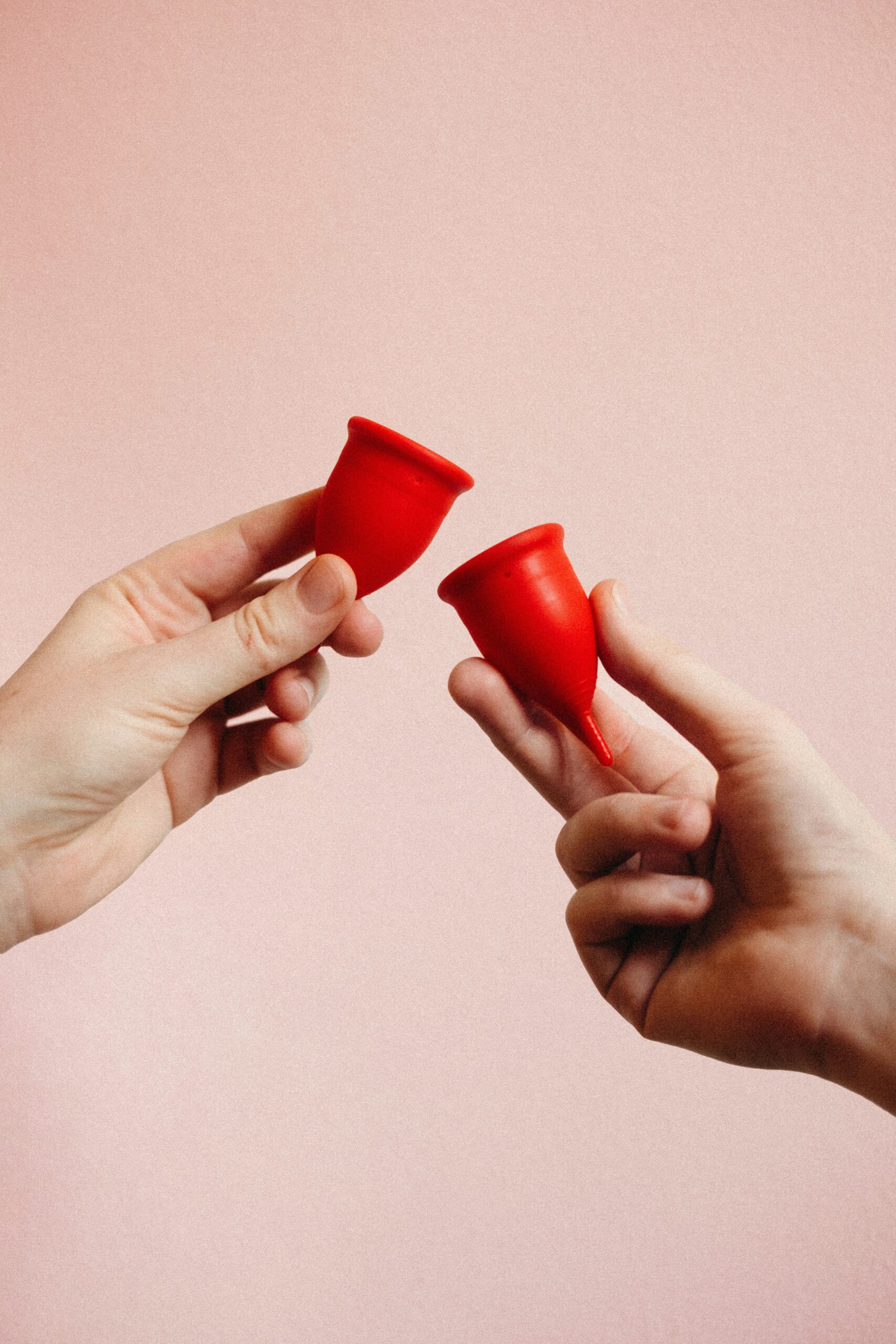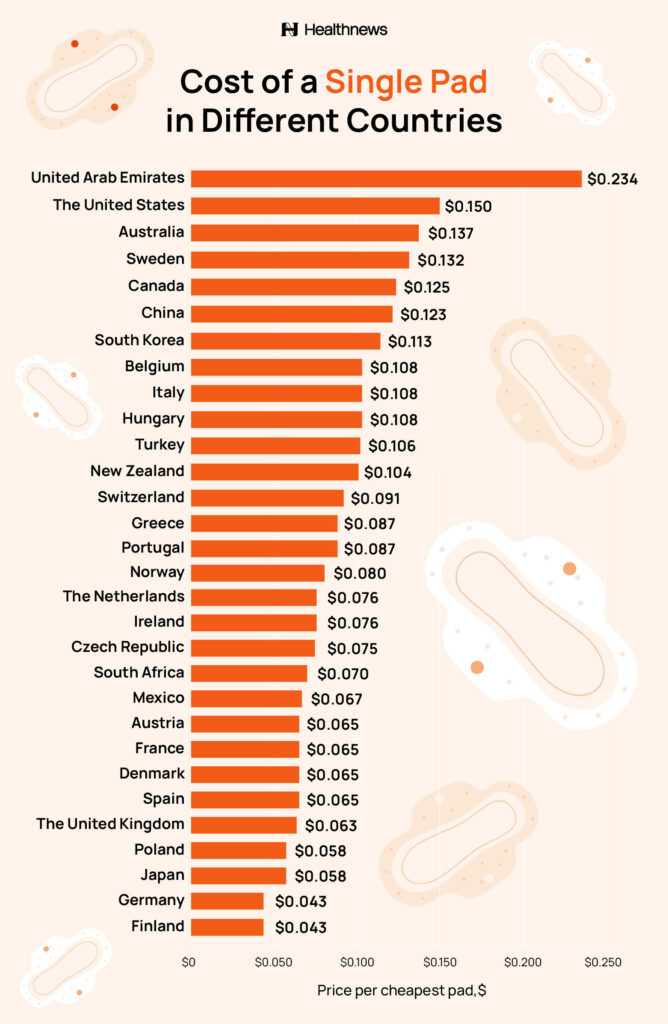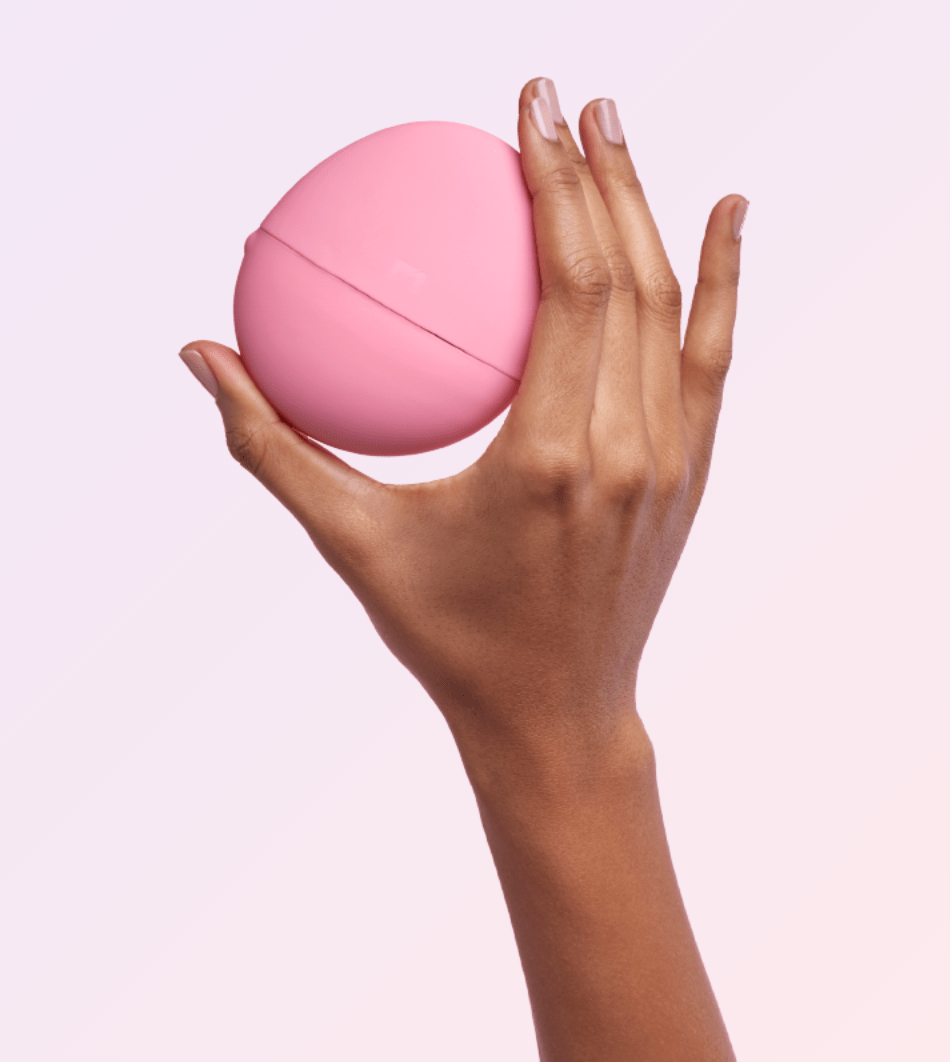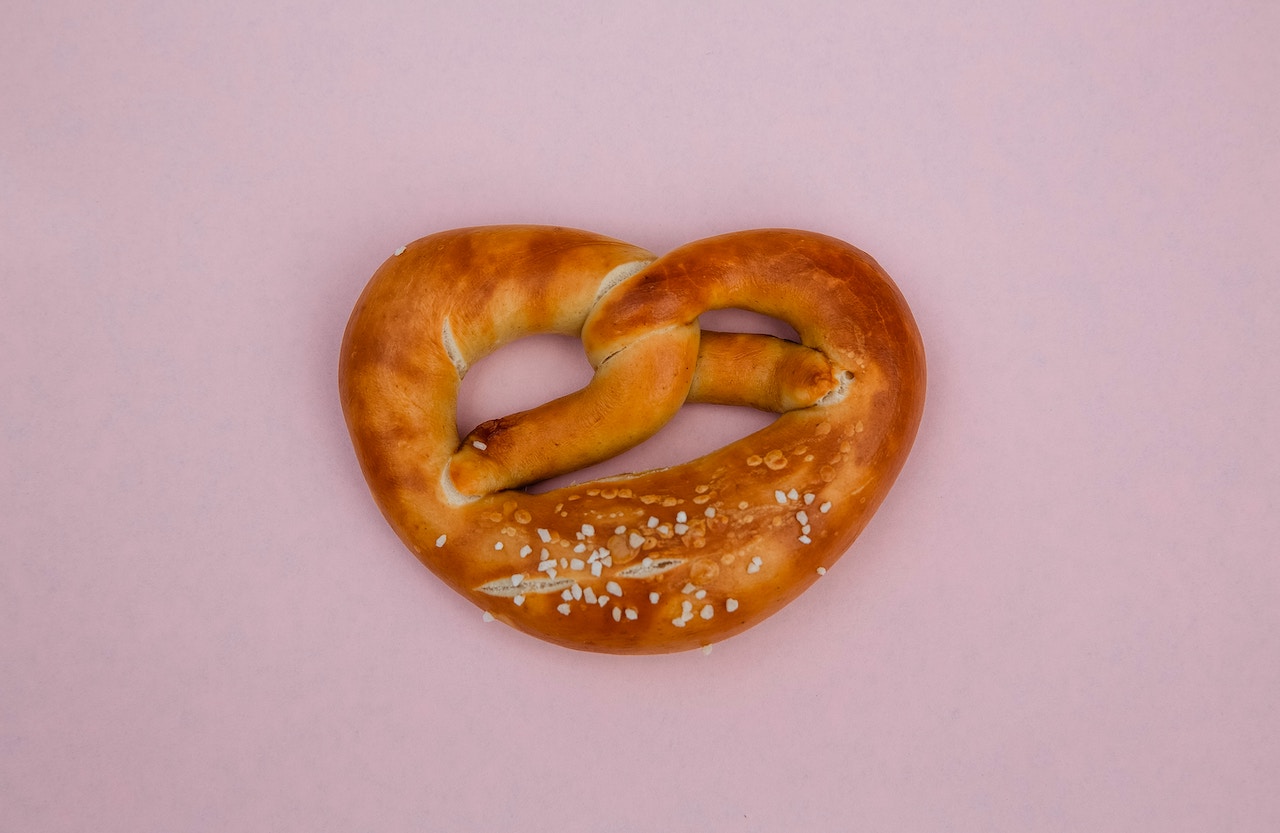
The Price of Periods: Bleeding Your Wallet Dry in 2024
Periods: that monthly visitor that nobody really wants but everyone gets anyway. So let’s take a moment to talk about the hidden financial haemorrhage that comes with menstruation. Yes, we’re diving into the cost of pads around the globe in 2024, and spoiler alert – it’s a pricey affair.
The Bleak Reality of Pad Prices
Healthnews decided to put menstrual products under the microscope, specifically focusing on pads, which are the go-to for many. They compared prices from 30 countries and converted them into good old U.S. dollars. The results? An eye-watering disparity in costs that might make you want to cry.
Germany and Finland win the gold medal for the cheapest pads at a mere $0.04 each. Meanwhile, the United Arab Emirates takes the dubious honor of being the priciest, with pads costing a whopping $0.23 apiece. Over a lifetime, that’s $490 in Germany and Finland versus $2,668 in the UAE. Ouch.
Lifetime Costs: A Bloody Fortune
Let’s break this down. An average person will use about 11,400 pads in their lifetime. In the United States, where pads cost around $0.15 each, that’s $1,710 just for the privilege of menstruating. In Australia, it’s slightly cheaper at $0.14 per pad, totalling $1,562 over a lifetime. Still not pocket change, is it?

The Global Period Tax
But wait, there’s more. In many countries, pads and tampons are taxed as luxury items. Yes, you read that right – something as essential as menstrual products is slapped with a Value-Added Tax (VAT). For example, Sweden and Denmark tax menstrual products at 25%, while Hungary hits a staggering 27%. Because apparently, bleeding every month is a luxury?
Some countries have wised up. Germany dropped its VAT on menstrual products from 17% to 7% in 2020, recognizing that periods are, shockingly, a basic necessity. Italy followed suit, reducing VAT from 10% to 5% in 2023. Progress, albeit slow.
Efforts to Stem the Tide
Not all hope is lost, though. Several countries have made strides to make menstrual products more affordable. The UK, Australia, and Canada, among others, have abolished the so-called “tampon tax.” Mexico passed the Dignified Menstruation Law to provide free products in schools, and Ireland saw retailer Lidl offer free menstrual products to those in need.
However, these efforts are often the exception rather than the rule. In many parts of the world, the high cost of pads continues to be a significant barrier, contributing to the larger issue of menstrual poverty. This term refers to the struggle to afford menstrual products, leading to missed school, work, and other critical activities.
The Bottom Line: Period Poverty Persists
Despite pockets of progress, the global cost of menstruation remains steep and uneven. Pads might be a few cents in one country and a small fortune in another. As we push for more equitable solutions, it’s clear that periods are not just a physical inconvenience but a financial one too.
So until the day when periods don’t also mean financial strain, we’ll keep highlighting the absurdity and pushing for change. After all, shouldn’t bleeding every month be hassle-free and affordable? Here’s hoping for a more equitable (and less expensive) future for all who menstruate.







